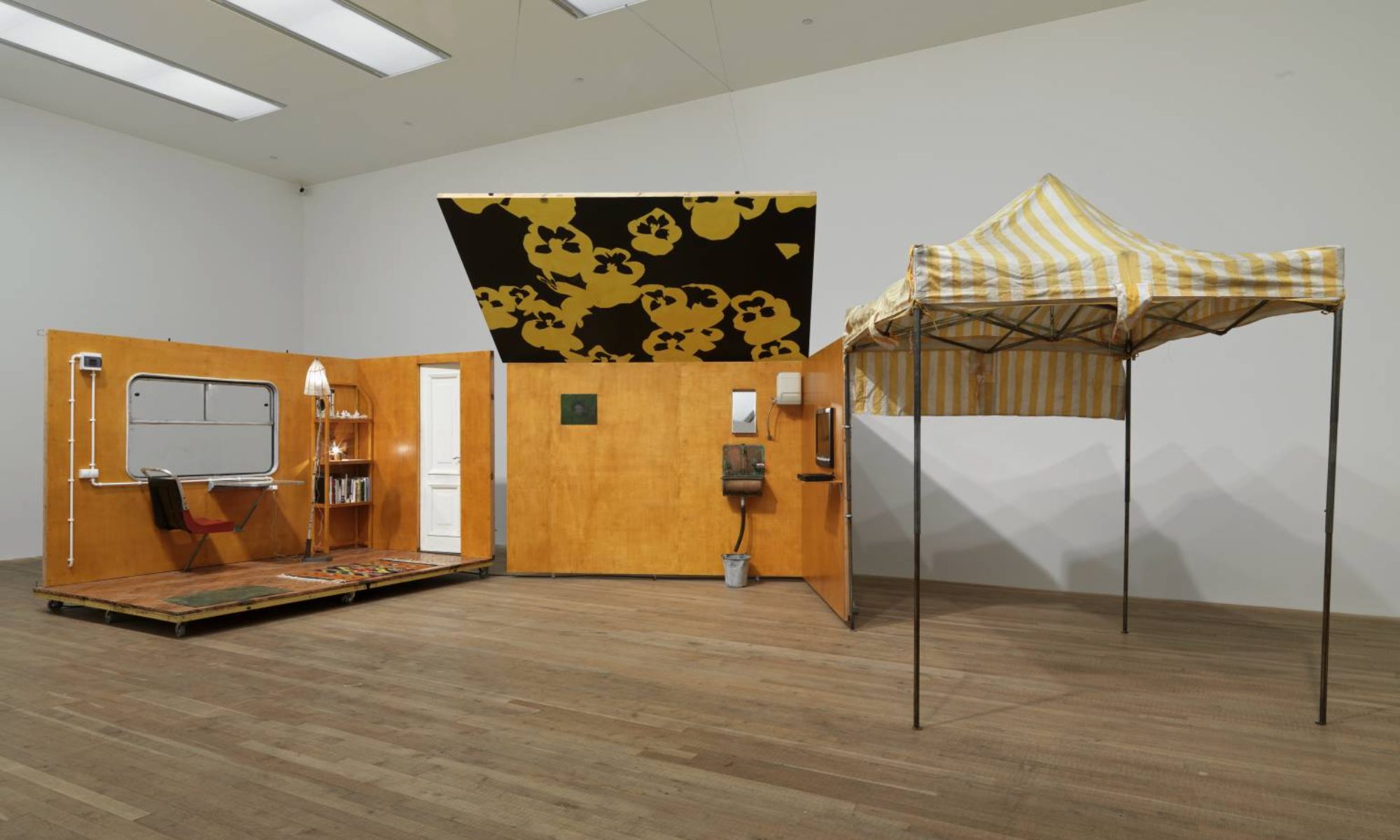I am what may be gently referred to as a “packrat”. Any harsher than that and I’ll get too defensive for you to convince me to edge the Vogue Magazine back issues I’ve been hoarding under my bed for some time now into the recycling bin. Paper tends to be my weakness for its flexibility – I decorated my walls last year exclusively with the legs of X-Acto-wrested models, now it’s several images from the American Got Milk? campaign. Just over a month ago I insisted on taking my girlfriend on a tour of Sturges, convinced that the building was on its last legs given the recent mass exodus of the health staff, clubs, and history professors, solely for the purpose of taking what they had all left behind – paper. Doodles, advertisements, misdated posters, flyers for STD prevention – I shoved it all into a cardboard box and took it back to my house for a gleeful day of cutting, snipping, and otherwise repurposing. Several totes and, most recently, one particularly large accordion file in my room are dedicated to holding these paper cutouts. Catalogues and fliers are dissected by me for their crispest images, most catching typography, and whatever else I’m convinced that I can make use of (hint, there’s a wide berth). Advertisements in particular fascinate me: remove the product and logo, and many an ad instantly becomes some form of basic-level poetry; or at least highly motivational, at worst.
Wresting the means of art from companies and salvaging it from trash-bins is where my inspiration comes from – dipping my hand into my store and being able to draw out bits of a child’s hand-written homework, a Gucchi model whose eyes I accidentally removed with a poor scissor cut, and a double entendre from a Sun Chips advert sans the chips is the ultimate literary grab-bag; your mind can’t help but working it all over to make a cohesive narrative, just like what happens when we dream.

After reading your post and now learning you are a “Pack Rat” (don’t worry, I’m a bit of one too), I would recommend Game Informer magazine through Gamestop. Game Informer magazine is a magazine that keeps its readers up to date in the gaming world. However, I don’t recommend it to you just based on this. The magazine itself has beautiful artwork in it from a variety of video games and their corresponding worlds. From landscapes to characters to creature designs Game Informer has it all. Seeing how you draw inspiration from magazine artwork I think you would benefit from checking out a few of these issues.
My second source, I recommend checking out is artwork from the Sistine Chapel. The artwork was done by the famous artist and sculptor, Michelangelo. The ceiling shows ornate art of angels and the heavens and invokes a sense of awe from all who take a look at it. The art that you perform by cutting pieces from magazines and such is sort a much smaller type of what Michelangelo did hundreds of years ago. I would recommend maybe drawing on the scale of the Sistine Chapel for poetry; try to make your poems grand like that ceiling.
For my last source, I recommend the contemporary poetry book “Pity the Bathtub Its Forced Embrace of the Human Form.” This book offers poetry where the inspiration for its creation is an event that alters the life a person in strange, but positive ways. If you think about what you are doing, then it’s the same concept. You are taking images and words meant for a set and destined future and transforming them into something much more than they were meant to be.
What I would recommend to you is to look online at images of “crazy quilts”. These are basically the quilt version of mosaics, using old scraps of fabric, lace, appliques, buttons, zippers, whatever can be found and sewed to fabric. They’re not only fun to make but can be really really beautiful when completed.
I would also recommend Captain Beefheart’s Magic Band to you, as his music is a kind of clusterfuck of sound coming together. I must admit, it’s hard to listen to and can only be described as musical vomit, BUT, I swear, it’s got some really cool background. Basically, Captain Beefheart, who is a wild man from what I’ve heard, walks into a room with his band, mashes on a piano, leaves, and then his band just tries so hard to replicate what Beefheart created. It’s insane, and awesome all at once.
Finally, I will suggest the idea of a cento, or patchwork poem. A cento is a poem made up of a collection of lines from other poems. These poems don’t need to make sense, and the idea of finding lines and stealing them, like you did with the papers in sturges, is really goddamn cool. One cento is “The Dong with The Luminous Nose” by John Ashbury, who is from Rochester!
Jessica, you’re outlining not just an activity (the keeping and reusing of paper) but an entire poetics, a process of creating! If you’ve not found it yet, there’s a whole rich tradition of the collage poem, which in one subset includes the kind of centos Liz mentions, and in others is where poetry meets visual art. Joanna Drucker has written about some of this in various books, although perhaps more oriented to visual text rather than collage. Check out Sandra Simmons collage poems, free via Bloof Books (ironic, perhaps, that I’m sending you to a digital link here…): http://news.bloofbooks.com/2016/11/collage-poems.html
I’m keen to see where this takes you and what it might mean for your own writing. Writers have to be committed to activities like those you’re engaged in – keep on with it!